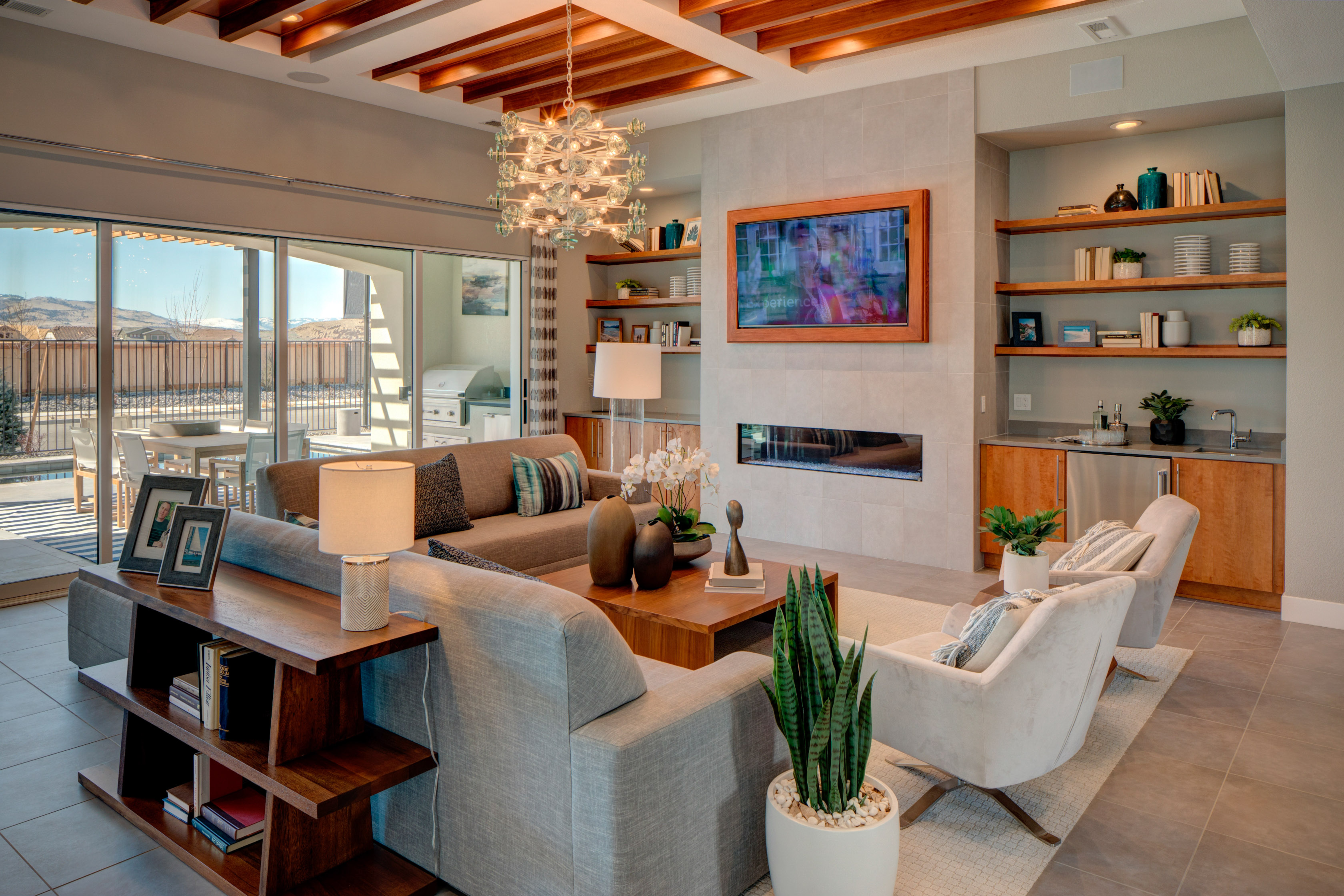

Architectural Photography
Architectural Photography
While our matterport takes impressive downloadable still photos, it still does not compare to professional photography. Matterport virtual tours are great for all the reasons mentioned above, but only if someone finds your listing or inquires about the property to be able to open up the Matterport link. A stunning photograph can make all the difference. With years of experience, using high quality lenses, lighting we can show your property in a way unachievable any other way.
We understand that different clients want very different results from our photographs. An architect wants to show their vision of the space they created. An interior designers wants to show how there choices of furnishings and accessories bring a space together. A hotelier or business owner wants to show a space that sells the lifestyle or enjoyment people will have there. We approach each shoot with this understanding in mind.
Lighting is the most important aspect of photography. It doesn’t matter how good your lenses are or how good your camera is, if you can’t get propper lighting, you won’t get amazing results. Shadows and light distract or worse, hide important features of the house. Light can create a mood and bring out a home’s essence. We use lighting, light modifiers and shading to enhance the existing lighting to capture an image that showcases the property in a way that appears natural and stunning.
Composition is the next most important aspect for a stellar image. With skill and knowledge we can choose a shot, and then using proper camera placement and lenses we can capture it so the final image presents key features and yet is still visually appealing. Lens choices are a part of composition. Some photographers over use wide and ultra wide lenses to try to get everything into one shot or to make a room look even bigger. We feel this is a mistake. Wide angle lenses exaggerate the sense scale of objects based on how close they are to the lens. Objects close to the lens appear huge and distorted while objects far away appear small and minuscule making it difficult to understand a rooms scale and size. Using a less wide lens, we can create an image that appears more natural and focus on a smaller but more intimate and inviting portion of a space. This is not to say that wide lenses are not useful. In fact they are very useful for small rooms where everything is relatively equally distant from the camera, to get really close to an object or area and highlight close up features and allow less important objects to shrink off in a distant background.
Aerial photography is a hot topic right now. It seems that everyone thinks they need aerial photography and a lot of aerial photographs. We use and recommend aerial photographs based on an understanding of what benefits they provide. They are great for understanding a structures orientation on the lot and distance from neighbors. They are great for getting a straight in shot of a home high up on a hill too. Sometimes however they are over used or used to little benefit. A home in the trees and their shadows is going to be barely noticeable. A track home close to its neighbors will blend in. A home with roof that is in bad shape or with an unkept yard or neighbors yard is going to bare it all.
Camera and post processing are the least important aspect. Without all the thought and skill that went into lighting and composing a shot, what you capture with the camera will not matter much. and no matter how much one works with it using post production software, there will be poor results. Modern cameras allow us to see what we take instantly and make adjustments on the spot. We currently use a Canon 5D Mark IV which enables us to natively use Canon’s vast library of lenses. Post proccessing is much more about skill and style of the photographer. In addition to the lights we used during the shoot, we use photoshop to make a composite manually to bring in the best lighting from multiple images to create the finished product.


Above is an example of a composite photo we created on the left, compared to an High Dynamic Range (HDR) photo on the right that was created using Photmatix, and industry standard HDR software. Notice in the HDR photo, the details appear soft and the colors are overly saturated, creating an unnatural look. HDR images are economical as they can be created easily and do not need additional lighting. Adding external lighting can sometimes create issues with HDR processing. Drag the slider to the right to view the composite image and drag the slider to the left to view the HDR photo.


Above is a comparison of a composite photo we created on the right, compared to a single exposure photo on the left, in which the foreground is nicely exposed while the exterior is blown out and over exposed. Drag the slider to the right to view the composite image and drag the slider to the left to view the single exposure photo.
